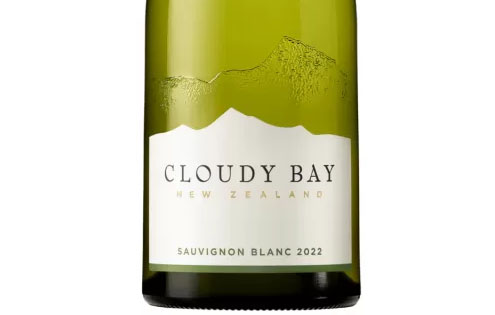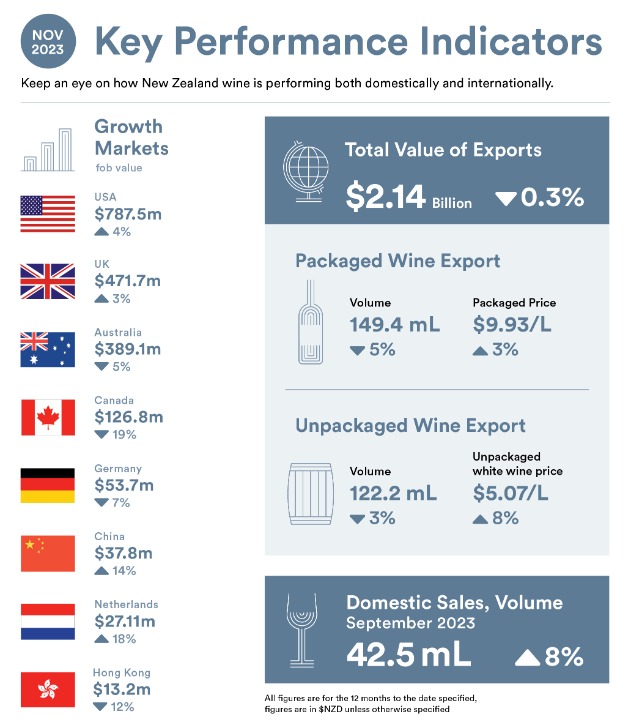
New Zealand produces only 1% of the world’s wine but has carved a niche for itself. With 731 wineries, over 80% of which export to international markets, New Zealand has firmly established its presence internationally.
The UK has become the second-largest market for these wines, following behind the USA.

The international breakthrough for New Zealand wine came in the 1980s with the introduction of Marlborough’s Sauvignon Blanc. Today, New Zealand boasts ten main wine-growing regions, each within 130 kilometres (80 miles) of the sea. This proximity to the ocean plays a crucial role in defining the distinct character of New Zealand wines, offering a terroir that is as varied as it is unique.

The climatic conditions in New Zealand contribute significantly to the wine’s character. Mild, sunny summers and notable differences between day and night temperatures slow the ripening of the grapes. This gradual process allows the grapes to develop pure, intense varietal flavours that are a hallmark of New Zealand wines.
Sauvignon Blanc is the most widely planted white variety, with Chardonnay in second place. The production of other white varieties such as Pinot Gris, Riesling, and Gewürztraminer has also seen an increase. While four varieties—Sauvignon Blanc, Pinot Noir, Pinot Gris, and Chardonnay—account for over 90% of production, New Zealand is also known for a wide range of other popular styles and varieties. This includes Riesling, Syrah and Bordeaux blends, alongside emerging varieties such as Albariño and Zinfandel.
New Zealand Sauvignon Blanc is renowned for its vibrant flavour profile, ranging from gooseberry to lush passionfruit and tropical fruit overtones, with other notes including fresh-cut grass, tomato stalks, grapefruit, or limes. The diversity of styles is a result of site and yield variations, as well as innovative winemaking techniques such as wild ferments, degrees of lees contact, and the use of oak barrels for fermentation and/or ageing.
In Marlborough, the majority of Sauvignon Blanc undergoes cool fermentation in stainless steel tanks. This method preserves the wine’s freshness, fruit purity, and aromatic intensity. New Zealand’s high-quality Méthode Traditionelle wines are notable for their nutty, biscuit aromas balanced with fresh acidity and fruit undertones. The country also produces Rosé, characterised by fresh red berry aromas, gentle acidity and a creamy texture on the palate. These Rosés are made with Merlot and Cabernets in the north and Pinot Noir in the south.
A notable differentiating factor for the New Zealand wine industry is the significant adoption of screwcaps. Initiated by the Screwcap Wine Seal Initiative in 2001, over 95% of New Zealand wines are now sealed with screwcaps. This reflects the industry’s commitment to preservation of quality of the wines.













